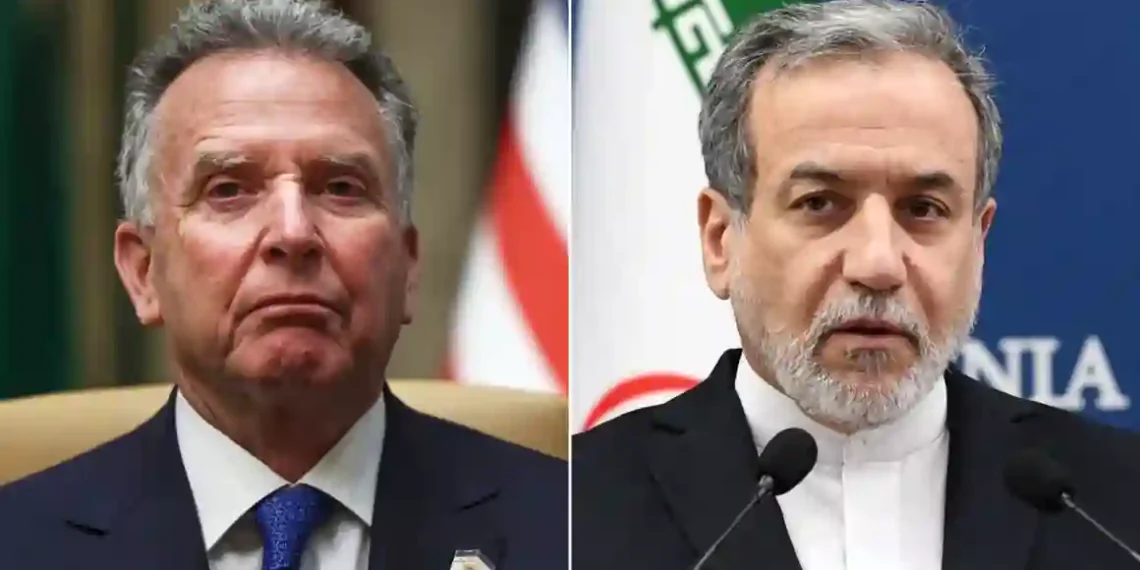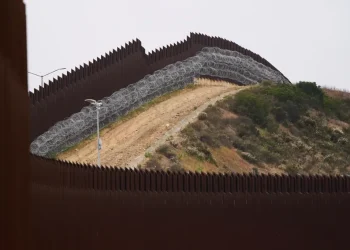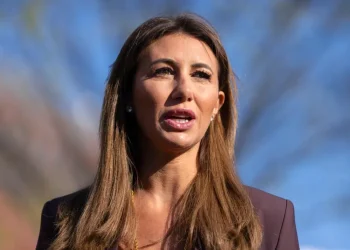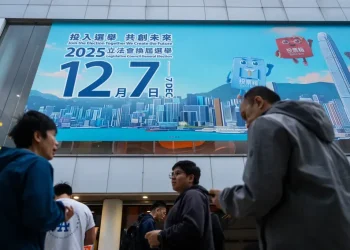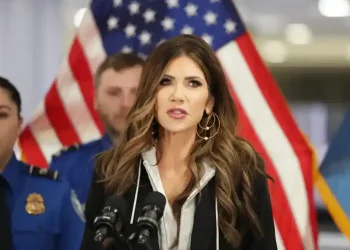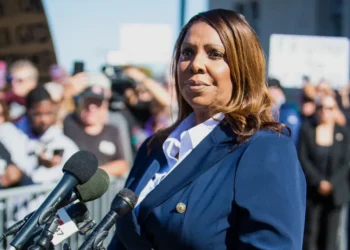US and Iran Nuclear Talks Resume: Progress, Tensions, and What’s Next
Washington and Tehran are back at the table — indirectly — in a bid to revive nuclear negotiations. Here’s where things stand and what to watch for next.
The US and Iran held their second round of nuclear negotiations on Saturday in Rome — with both sides describing the outcome as “progress.” The discussions, mediated by Oman, followed a first round last weekend and set the stage for technical-level talks starting Wednesday. A third round of high-level negotiations is already scheduled for this coming Saturday in Muscat, Oman.
A senior US official told CNN, “Over four hours in our second round of talks, we made very good progress.” Iranian Foreign Minister Abbas Araghchi echoed that tone, saying the sides had reached “better understanding” on key principles.
Back in 2015, the US and Iran struck a deal — the Joint Comprehensive Plan of Action (JCPOA) — that curbed Iran’s nuclear program in exchange for sanctions relief. But in 2018, then-President Trump pulled the US out of the agreement, prompting Iran to ramp up its uranium enrichment — now reaching 60%, inching closer to weapons-grade levels.
Iran insists its program remains peaceful.
Recently, Trump sent a letter to Iran’s Supreme Leader proposing new negotiations, setting a two-month deadline to strike a deal. Iran rejected direct talks but left the door open for indirect communication, again with Oman as go-between.
Trump has made it clear he wants a tougher deal than the 2015 version. “It’ll be different, and maybe a lot stronger,” he said.
But there’s been mixed messaging from his administration. US envoy Steve Witkoff initially suggested the new deal might echo the Obama-era agreement, focusing on verification rather than total dismantlement of Iran’s program.
A day later, though, Witkoff appeared to reverse course, tweeting that Iran must “stop and eliminate” its nuclear enrichment entirely — a stance echoed by Defense Secretary Pete Hegseth.
This back-and-forth has frustrated Iranian officials, who accuse Washington of inconsistency and negotiating in bad faith.
Tehran’s Response: No to Red Lines, Yes to Dialogue
Iran has drawn firm lines: uranium enrichment is non-negotiable, and its nuclear energy program is a sovereign right under international law.
“We are ready to build trust, but enrichment is a real and genuine matter,” said Araghchi.
Iran’s foreign ministry likened the US flip-flopping to a foul in football — “unfair and unprofessional.” Tehran has warned that threatening language or maximalist demands from Washington could derail any chance of a deal.
Israel has long pushed for Iran to completely dismantle its nuclear program, and it’s not thrilled about the US re-engaging in talks. Prime Minister Netanyahu has advocated for a Libya-style deal — a complete dismantling of Iran’s capabilities. But that’s a non-starter for Tehran, especially given how Libya descended into chaos after Gaddafi gave up his program.
According to sources, Israel has even considered striking Iranian nuclear facilities — a move reportedly discouraged by Trump, who wants negotiations to play out first.
Unlike in 2015, when Gulf states privately fretted over the nuclear deal, this time they’re actively involved.
The UAE helped jump-start the dialogue by delivering a message from Trump, while Saudi Arabia has offered to mediate. In a rare diplomatic move, Saudi Defense Minister Prince Khalid bin Salman visited Tehran last week — a sign of thawing tensions. Even Iran’s Supreme Leader met with the Saudi delegation, calling it a “new era” in regional relations.
- Technical talks begin Wednesday in Oman to hash out the finer details.
- High-level talks resume Saturday in Muscat.
- Iran’s Foreign Minister heads to Beijing this week, likely to rally support from China.
Both sides still seem far apart on key issues — especially around Iran’s right to enrich uranium and the US’ shifting demands — but diplomats insist progress is being made.
As Omani Foreign Minister Badr bin Hamad Al Busaidi put it: “Now even the unlikely is possible.”
The road to a new nuclear deal is bumpy and unpredictable — but both the US and Iran are still talking. And for now, that’s progress.
This article was rewritten by JournosNews.com based on verified reporting from trusted sources. The content has been independently reviewed, fact-checked, and edited for accuracy, neutrality, tone, and global readability in accordance with Google News and AdSense standards.
All opinions, quotes, or statements from contributors, experts, or sourced organizations do not necessarily reflect the views of JournosNews.com. JournosNews.com maintains full editorial independence from any external funders, sponsors, or organizations.
Stay informed with JournosNews.com — your trusted source for verified global reporting and in-depth analysis. Follow us on Google News, BlueSky, and X for real-time updates.
